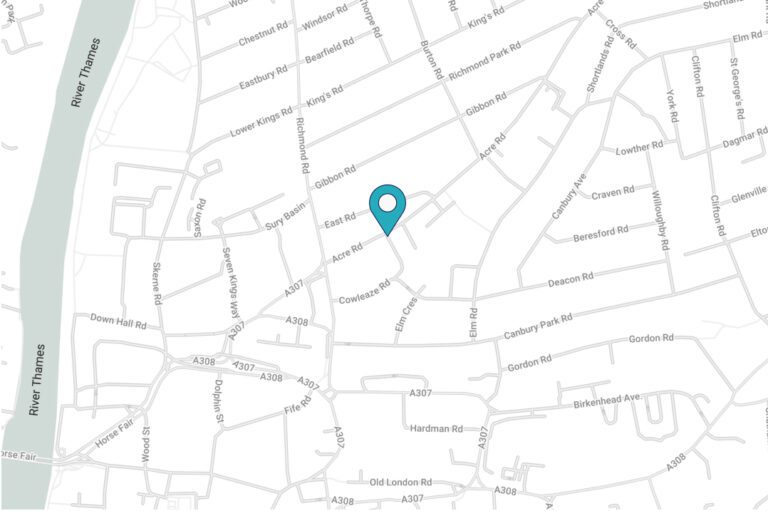Ah, pitching, the necessary evil that all agencies both dread and relish.
It all starts with the initial high-fives at the offer of a chance to bring another client on board, swiftly followed by low-fives at the realisation that there are going to be some late nights getting an awesome presentation put together.
This is soon followed by trying to squeeze in putting the case studies and creative ideas together, whilst still managing current client’s expectations and all the myriad things that takes up a PR’s day.
But bare in mind that pitching isn’t a one-way street. As much as we all think that the client simply decides to throw the account out to pitch over a coffee in the staff canteen, the reality is somewhat different.
Firstly, the client needs to decide on who should be invited to pitch (a possible minefield in itself), plus what are the criteria that need to be fulfilled, along with actually writing up a pitch document to send to the prospective agencies.
Now, although you might think that’s nothing compared to the work required from the agency (which in reality may only have a one in five chance of getting the gig), there’s more to it from the client’s side.
One of the biggest reasons clients avoid holding pitches and run with their incumbent agency, is quite simply time.
The process of seeing three to five agencies for a few hours a pop is often more time than is available to a busy and often understaffed marketing department. This can of course be kept in check by limiting presentation times to 45 minutes or something similar. But as always it’s hard to control the inevitable question and answer session that always follows the actual pitch. It’s going to be two hours before their done each time.
But perhaps most importantly of all, regardless of the pitch itself, the standard dip in service that follows appointing a new agency is often more than the client can actually afford.
The reasons behind this are many, but when a client switches agencies the old agency tends to wrongly lift their foot off the gas, as attention is diverted to other clients. Then in comes the new agency, all guns blazing. However, as everyone knows, it takes time to learn a new client, get up to speed on product and understand how they work internally. All of this often combines to create both a slight drop in PR activity in the first few months and a whole load more work from the client bringing everyone up to speed.
In the world of internal communications and marketing, especially amongst automotive companies that often have a never-ending list of approaching launches, this often means they simply don’t bother, as they cannot stomach the extra workload.
But with every cloud there’s always a silver lining, adversity breeds opportunity, etc. etc.
As an agency, when talking to prospective clients, perhaps you need to consider if you can proactively dispel some of these issues, and manage the ones that are inevitable.
Perhaps storing up a bank of initial ideas, pre-approved by the client ahead of the first day on board would help avoid a dip in coverage. Holding a ‘product’ day with someone from the client not from the marketing department, where the future team get to learn all about the client’s products, might avoid the need for the marketing people to educate the agency. Maybe even some homework?
Either way, it’s always worth remembering pitching is time-consuming for both parties, not just the agency. And any agency that can go some way to solving or at least allaying some of the client’s fears ahead of a pitch, may just push them to put that account out to pitch.
Then you just need to get the office fridge stocked up with coffee and Red Bull.

















